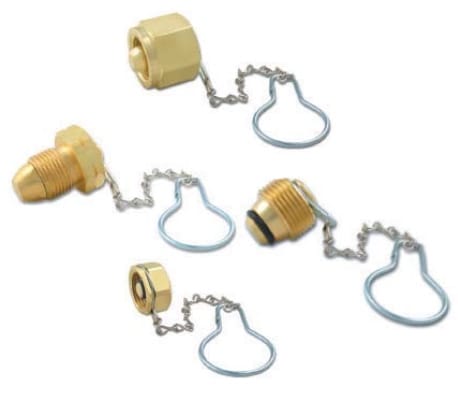Siddharth Zaveri
Mechanical
- May 24, 2019
- 3
How do we insert wire under swivel nut? What is the process called and can it be done manually or a specific machinery would be required?
I am also attaching a picture of such fitting for your understanding.
Thanks in advance!
I am also attaching a picture of such fitting for your understanding.
Thanks in advance!


